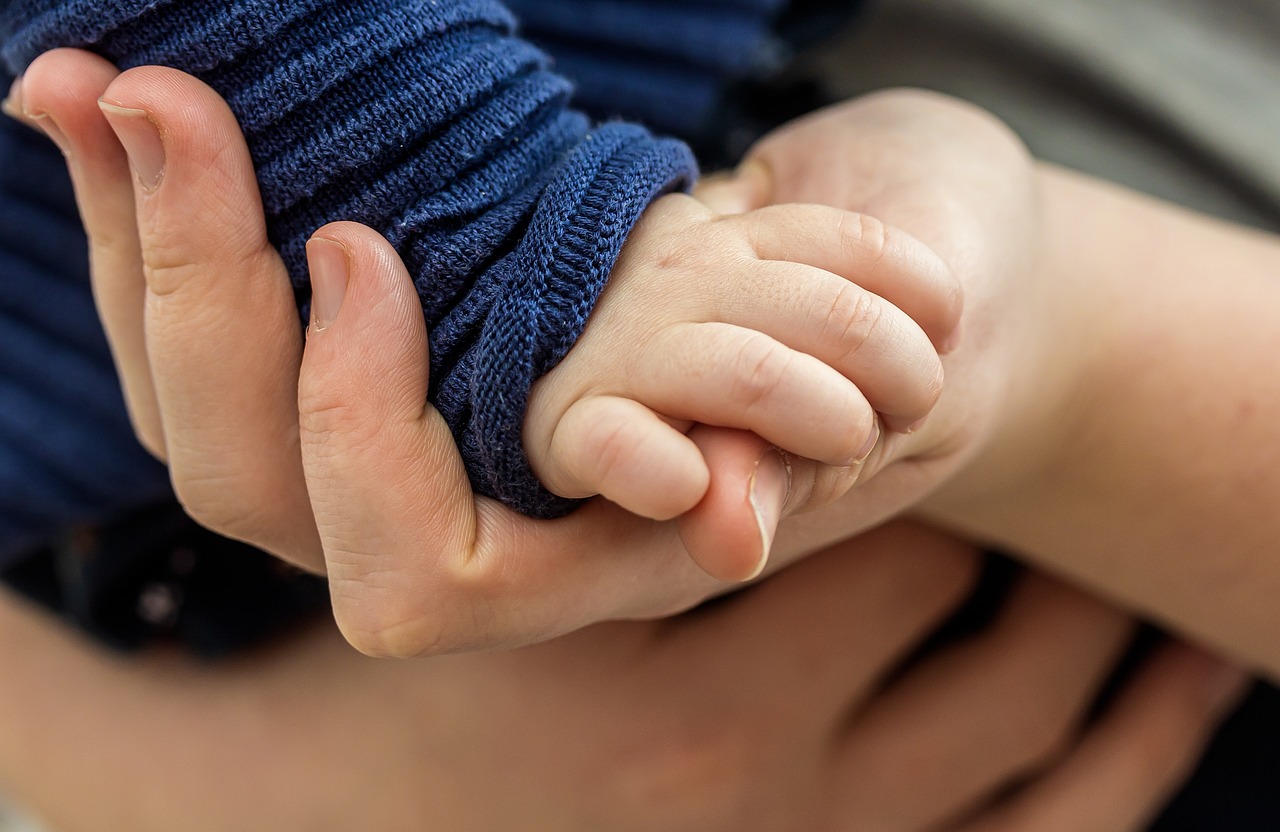How Baby Sign Language Can Benefit Your Classroom
 As a child care provider, you know the frustration of trying to decipher a pre-verbal baby's cries. Baby sign #language can be a game-changer in your #classroom, offering a bridge to communication and a whole host of #developmental benefits for the little ones in your care.
As a child care provider, you know the frustration of trying to decipher a pre-verbal baby's cries. Baby sign #language can be a game-changer in your #classroom, offering a bridge to communication and a whole host of #developmental benefits for the little ones in your care.
Why Baby Sign Language in Childcare?
Baby sign language utilizes simple hand gestures to help babies communicate their basic needs and wants before they can speak. It's not a replacement for spoken language, but a fantastic tool to bridge the communication gap in those early months.
Here's why incorporating baby sign language into your childcare routine can be a win-win:
- Reduced Frustration: Imagine fewer tantrums and a calmer environment! By offering babies a way to #express themselves through signs like "milk" or "more," you can anticipate their needs and respond promptly, #leading to happier babies and a smoother day.
- Enhanced Development: Studies suggest signing can boost cognitive development. Signing exposes babies to new forms of communication, potentially leading to earlier speech and a larger vocabulary.
- Stronger Bonds with Families: When you incorporate signs used at #home, you create a sense of continuity for babies and strengthen your relationships with #parents. They'll appreciate the effort to understand their little ones better.
Getting Started with Signing in Your Classroom
Integrating baby sign language into your childcare routine is easier than you might think! Here are some tips:
- Focus on Common Needs: Start with a few high-frequency signs relevant to daily routines, such as "milk," "eat," " #sleep," " diaper change," and "play."
- Consistency is Key: Consistency is crucial for babies to learn and retain signs. Use the signs consistently alongside spoken words throughout the day.
- Make it Fun and Engaging: Incorporate signing into playtime, songs, and daily activities. Use puppets, flashcards, and be creative to keep babies interested.
Remember, you don't need to be a signing expert. By incorporating a few key signs and using them consistently, you can unlock a world of communication for the babies in your care. This can lead to a more positive and enriching environment for both you and the little ones.
Learn how to communicate with a diverse set of children and families with high-quality training at ChildCareEd.
- Training Guide for Families from Diverse Language and Cultural Backgrounds
- This 3-hour training is specifically designed for working together with families from diverse language and cultural backgrounds, where the parents may be non-English speaking. This Training Guide provides information for these families about child development, #health-and #safety issues, and considerations for choosing quality care for children 0-5 years of age. You will learn how to provide parents with strategies on how to promote their children's development.
- Working Together: Teachers & Preschoolers
- Trying to find new ways to interact and engage with your #preschoolers. In this training, we focus on strategies to implement a positive environment by engaging in interactive opportunities with young children. Childcare providers working with preschool children need to consider vocal tones, body language, and listening skills to ensure they are supporting children to the best of their ability. With realistic expectations and positive communication, #teacher and child interactions can be meaningful and significant.
- 24 Hour Family Child Care Pre-Service Training ONLINE
- CDA Bridge Bundle: Family Child Care
- CDA Bridge Bundle: Family Child Care without Portfolio Review
- Classroom Setup for Child Care
- Nutrition Essentials for Child Care Providers
- 18-Hour Family Child Care Renewal Training
- ACEs and Resilience in Child Care
- Autism Awareness in Child Care
- Balancing Active Play in Child Care
- Building Bridges for Dual Language Learners
- How Baby Sign Language Can Benefit Your Classroom
- Babies and Sign Language
- Benefits of Outdoor Classrooms in Early Childhood Education
- The Power of International Sign Language in Early Childhood Education
- September 23 is the International Day of Sign Languages
- International Day of Sign Languages
- International Day of Sign Language
- Exploring the Cognitive Benefits of Movement in Early Childhood Classrooms
- Language and literacy strategies to support English language learners
- Sign Language Activities
- From Workshop to Classroom: How a CDA Credential Shapes the Future of Early Childhood Educators
- Effective and Engaging Classroom and Home Daycare Room Arrangements
- How to be inclusive in the classroom!
- DIY Glitter Slime for your classroom!
- Benefits of Preschool: Early Education Matters
- Staying positive in the classroom
- Not Just a Bad Day: 10 Subtle Signs Your Kid Might Be Battling Depression and AFSP walks near you
- Montessori Mistletoe: How to Create a Holiday-Themed Classroom Using Montessori Principles
- Sep 1 is National No Rhyme (Nor Reason) Day: Rhyming Fun & Playful Language Activities
- World Kindness Day: Inspiring Activities to Promote Compassion and Kindness in the Classroom